IV Rank and Liquidity Rank
What is IV Rank?
Implied Volatility Rank or IV Rank is a measure to determine how cheap or expensive stock or ETF options are based on their implied volatility (IV). It compares the current implied volatility to the implied volatility of the underlying over the past 365 days. IV Rank is measured on a scale from 0 to 100 where values closer to 0 indicate that the IV of the underlying is low, while values closer to 100 indicate that the IV of an option is high which will result in option prices being more expensive.
IV Rank is a metric of measuring implied volatility and gives a good sense of how high the IV of a stock is in relation to its own historic volatility over the previous 365 days. This is particularly useful as some stocks are more volatile than others at baseline making it difficult to compare volatility between different stocks. The IV Rank is calculated by taking the highest and lowest volatility figure over the past 365 days and compares it to the current implied volatility. IV Ranks close to 100 mean that the stock is at near the highest implied volatility over the past year and IV Ranks near 0 tell investors that the implied volatility of the stock is near the lowest point over the past 365 days. As a general rule of thumb, IV Ranks above 50 are considered expensive, and below 50 are considered cheap.
For example, if stock XYZ’s implied volatility over the past year has ranged from 30% to 50% and the current implied volatility is exactly halfway between the low and high at 40%, then the current IV Rank would be 50%.
If in the same example, stock XYZ’s implied volatility is at 30%, then the IV Rank would be 0%
What is the Liquidity Rank?
There are over 4200 underlying symbols that have listed options in the US. However, over 85% of those symbols have an open interest of under 100 contracts across all strike prices. It is important to identify the most liquid symbols for options trading when placing a trade. OptionsPlay’s easy 1, 2, and 3 rankings provide all users with a gauge for the liquidity of a symbol for options trading.
1 – Very Liquid – Place orders starting at the mid-point and executions should occur within 2-3 cents off of the mid-point.
2 – Somewhat Liquid – Place orders at starting at the mid-point and executions should occur within 5-10 cents of the mid-point.
3 – Not Liquid – Transaction costs on these symbols may be sizable, start at the mid-point but may require a 10+ cent markup before executions occur.
How to Use IV Rank and Liquidity Rank
The rule of thumb is to buy options that have a low IV and sell options that have a high IV. Options with a low IV require less premium to be paid and work well for strategies such as long calls and puts or debit spreads. However, when IV is high, options become more expensive and selling options become the optimal strategy as more premium is received by the option seller. The option seller can use strategies such as short calls and puts or credit spreads.
Liquidity should be used to estimate how close to the mid-point the order will be executed at. Orders that are executed close to the mid-point will have a better risk/reward and give you an edge over
OptionsPlay has introduced a new IV Rank & Liquidity Indicator to the platform. You will be able to see each stock or ETFs IV Rank and Liquidity Ranking within the Quote Bar.








Share this on